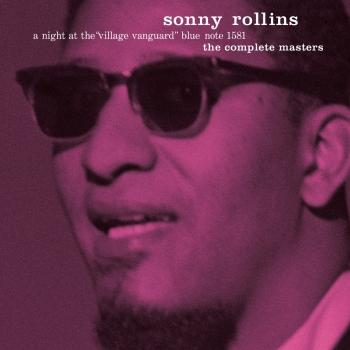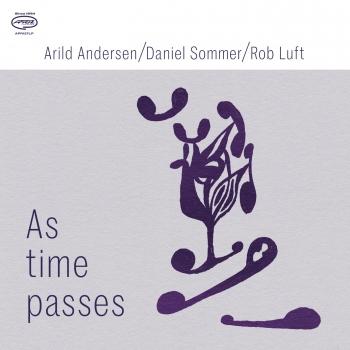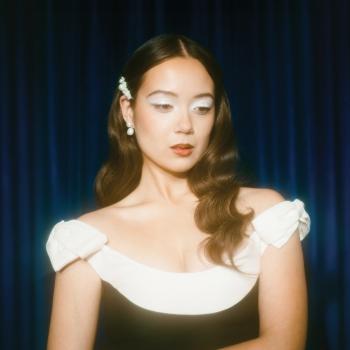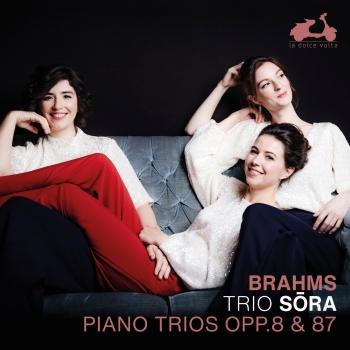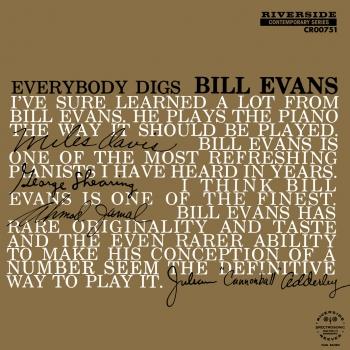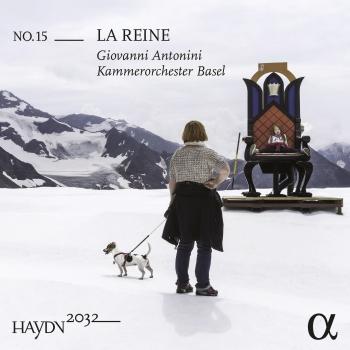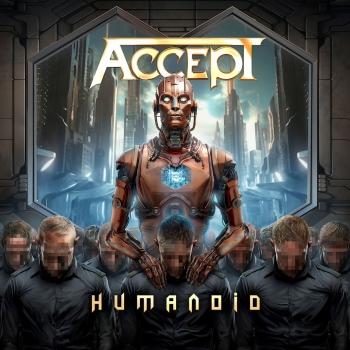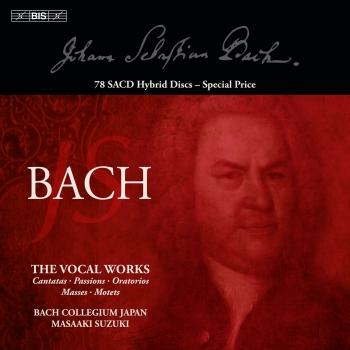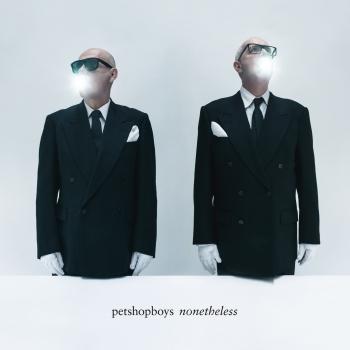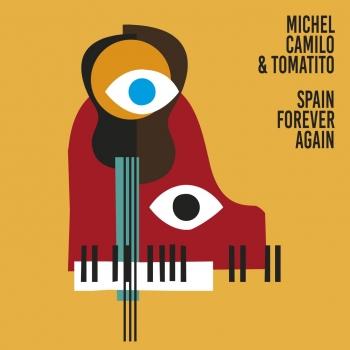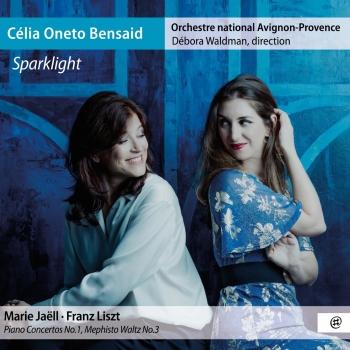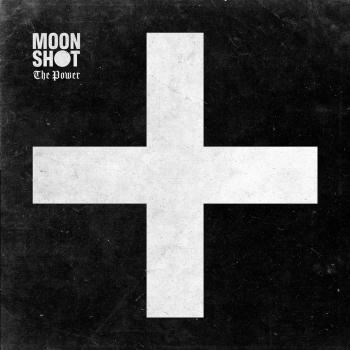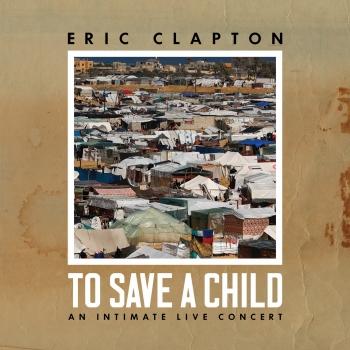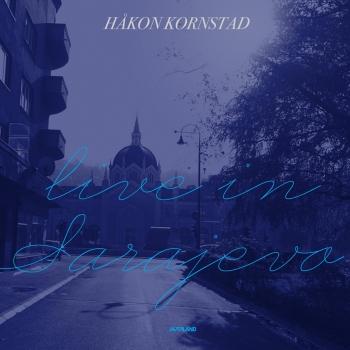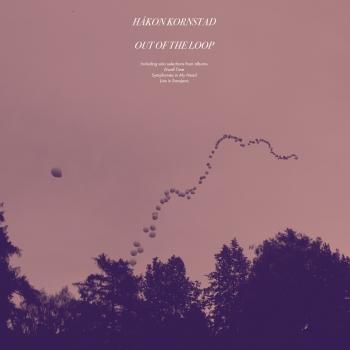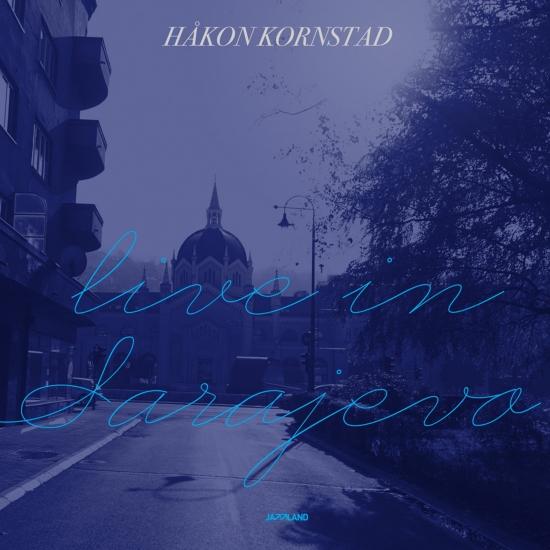
Live in Sarajevo Håkon Kornstad
Album info
Album-Release:
2015
HRA-Release:
07.02.2020
Album including Album cover
- 1Sweden07:56
- 2Pearlfisher06:40
- 3Whistler05:42
- 4Bånsull03:55
- 5Oslo04:17
- 6O Del Mio Dolce Ardor05:46
- 7Ideale05:34
- 8Ack Värmland Du Sköna03:03
Info for Live in Sarajevo
Captured live on stage at the 17th jazz festival at Sarajevo Music Festival in November 2014, Live in Sarajevo is a document on a highly innovative musician at his very best.
Håkon Kornstad released his first solo album Single Engine on Jazzland in 2007, to acclaim from critics all over, stating that he had found his distinctive saxophone sound. The studio album featured one of Kornstad’s own compositions “Sweden”, which has evolved into a little showstopper since then. No wonder he had the Bosnia-Herzegovinian audience from the very beginning of the concert. Kornstad’s spontaneous compositions are always evolving, intertwined with improvisation as they are. In 2009 he released Dwell Time, his first all solo outing, recorded in the Sofienberg church in Oslo. “Oslo” is one of the titles from that album, which was on many “best of 2009”-lists, and even featured in a “Fifty best Norwegian jazz albums of all time” cannon in the Norwegian magazine Jazznytt. Then came Kornstad’s second solo album Symphonies in my head in 2011 and included the hauntingly beautiful “Pearlfisher”, hinting towards the saxophonist’s newfound interest in opera. The live version has grown into a powerful, almost hypnotic live version. His very own flutonette—a flute paired with a clarinet mouthpiece, is combined with whistling on the beautiful track amply named “Whistler”.
The audience was probably already satisfied by the five first instrumental tracks. Then Håkon Kornstad launches into a baroque opera aria “O del mio dolce ardor” by Gluck, followed by a Neapolitan song “Ideale” by Tosti. Almost a legendary story of personal change already — Kornstad discovered opera in New York at age 32, and started taking singing lessons with a retired Met soprano just weeks after. Now six years later he has a masters degree in opera and is hired for full operatic roles. In his own concerts he keeps combining classical singing with his very own saxophone jazz looping.
A full length studio album with the Kornstad Ensemble is scheduled for a long awaited release on Jazzland. However, Kornstad can deliver on his own, too. Listening to Live in Sarajevo certainly shortens the wait!
"That such an incredible talent has not reached the ears of a wider audience is truly astonishing. To anyone with even the slightest interest in jazz and opera, Kornstad is a musician who simply must be heard, for there is no one else like him! A modern legend in jazz? No doubt about it!" (William Brown, The Journal Newcastle UK)
"It could have been a virtuosic circus act, but in Kornstad’s hands was a musical tour de force." (John Fordham, The Guardian)
Håkon Kornstad, saxophone, vocals
 Håkon Kornstad
Håkon Kornstad
Born in Oslo, Norway in 1977, Håkon Kornstad took up the clarinet in grammar school and eventually turned
to the saxophone and studies at the Trondheim Jazz Conservatory. Known for its emphasis on artistic
identity, Kornstad emerged from Trondheim with a distinct voice whose strength was soon manifest in the
professional success that followed. But even before leaving the Conservatory, he began putting it to work in
the formation of the group Triangle, with two fellow Conservatory students, drummer Wetle Holte and
double bassist Per Zanussi. Triangle would evolve into the group Wibutee and, by the time Kornstad
graduated, the group was embraced by a community of artists centered around the contemporary music
club Blå. It was there that pianist Bugge Wesseltoft heard and signed him to the Jazzland Recordings label in
1998, and three albums followed: Newborn Things (1999), Eight Domestic Challenges (2001), and Playmachine
(2004). With the addition of pianist Erlend Skomsvoll and singer Live Maria Roggen, Wibutee evolved into a
quintet that debuted at the 2005 Oslo Jazz Festival.
In parallel to Wibutee, Kornstad organized an acoustic group of formidable ability. Consisting of two more
classmates from Trondheim, renowned bassist Mats Eilertsen and drummer Paal Nilssen-Love, they made a
big impression in 2001 at one of the world's most important festivals, the Molde International Jazz Festival;
and another important festival, the Kongsberg Jazz Festival, selected the trio in 2002 for its annual award for
the Norwegian musician or group of the year. Kornstad's interest in collaboration led to more acclaimed
creative ventures, including a pair of duo albums with pianist Håvard Wiik entitled Eight Tunes We Like (2005)
and The Bad and the Beautiful (2006), the latter nominated in 2006 for the Norwegian equivalent of the
Grammy – the Spellmannprisen.
After years of strengthening his technique, discovering nuances, and exploring the sonic possibilities of the
saxophone in collaborations and as a sideman, Kornstad released his own solo effort in the album Single
Engine (2007), a work that showed he had come fully into his own at last. Now established as one of
Norway's leading jazz musicians, Single Engine helped him gain recognition for his vision. One of Norway's
leading newspapers, Dagbladet, fully understood the quality and significance of this release. The review
entitled Absolute Kornstad, with the inserted headline A Definitive Artistic Breakthrough, was itself definitive:
“Håkon Kornstad’s 'Single Engine' is an extraordinary album. Here all the bits and pieces come together, and
loose threads find their place, while the music raises perhaps the most important milestone in an artist’s
development: the definitive transition from 'promising' to 'mature and original.'”
His second solo album was released in 2009. Dwell Time is a purely solo saxophone performance, recorded
in Sofienberg Church by legendary engineer Jan Erik Kongshaug. In real time, Kornstad records short tracks
into a looping device that plays them back and, as he adds more, becomes an orchestra that accompanies him. Peter Margasak's review in Downbeat Magazine was typical of the album's reception in the press,
calling Kornstad “one of Norway's most original and daring musicians.”
The year 2009 would mark another major moment in Kornstad's artistic evolution. On a visit to New York,
he discovered the world of opera and decided to take lessons with a retired dramatic soprano. This led him
to apply and be admitted in 2011 to the Operahøgskolen (The Academy of Opera) at the Kunsthøgskolen I
Oslo (Oslo National Academy of the Arts), where he will complete his master studies as operatic tenor in May
2014. His debut at the Oslo Opera House came in February 2012, with the character tenor role Il Podestrà in
Mozart's La Finta Giardiniera.
While still in his first year of opera school, he released his third solo saxophone album, Symphonies in My
Head (2011). In this recording, there were early signs of how his new knowledge of opera would be
integrated into his jazz expression, such as his saxophone rendition of an aria from George Bizet's opera Les
pecheurs des perles. Critical reviews of the work were again outstanding. Eyal Hareuveni wrote in All About
Jazz that “he manages to turn his improvisations into small symphonies, arresting in their structure and
deep emotional impact.”
Kornstad's new direction, a meeting of jazz and opera, manifest itself not only in his solo performances, but
also took the form of a new ensemble which he named Tenor Battle, a reference to the classic tenor
saxophone “battles” among American jazz musicians in the 1940's and 50's. In Kornstad's version, this refers
to him singing tenor and playing tenor saxophone in the same group. Seamlessly blending opera arias and
jazz, the group features his longtime companion from Wibutee, double bassist Per Zanussi, as well as
Sigbjørn Apeland on harmonium, Øyvind Skarbø on percussion, and Lars Henrik Johansen on cembalo.
One of the group's first performances was given in 2012 at the Molde Jazz Festival and stirred tremendous
interest. Dagbladet's headline read, “The Two Tenors Hit the Note,” and reported that the Festival could have
sold out the concert three times over. About a year later, Dagbladet checked in with Kornstad again, now in
his final year of opera study, and published a feature article about his work. Entitled The Two Tenors by One
of Them, its subtitle underlined Kornstad's essential viewpoint, Jazz on the tenor saxophone or opera arias as
lyric tenor? For Håkon Kornstad (36) the choice was clear: yes please, both. The article begins by spelling out
Kornstad's ever more unique artistic profile:
“There is something about tenors. Regents in the big, mighty middle ground, between the baritonal
darkness and the soprano's unnerving proximity to a howl. Are we talking jazz, it's about saxophonists –
and the likes of Coleman Hawkins, Lester Young, John Coltrane, Wayne Shorter, Jan Garbarek – and others. In
opera, names like Jussi Björling, Enrico Caruso, Benjamino Gigli, Luciano Pavarotti and Plácido Domingo
instantly come to mind. But when talking about jazz tenor and opera tenor in one body and soul, there is
only one name: Håkon Kornstad.
“His band is called Tenor Battle, and in Kornstad the battle is raging between singing and playing – he sings
an Italian aria much better than any other tenor saxophonist you've heard of, before grabbing his horn – and
with the world's strangest constellation plays an aria in a jazz fashion that Björling, Caruso or Pavarotti
would never have dreamed about.”
If one were to choose only one among Kornstad's many talents and accomplishments that would represent
his work, it would be the fearlessness with which he has followed his muse, time and again, into
extraordinary artistic territory. Still a relatively young man in his 30s, the promise of what is yet to come is truly exciting.
Fellow artists have been taking notice. In 2012, the Oslo International Church Music Festival invited
Norwegian writer, composer and pianist Ketil Bjørnstad to “write a Passion for our times.” He responded
with a work entitled A Passion for John Donne which was composed, in part, with Kornstad's saxophone
playing and singing in mind. Featuring the Oslo Chamber Choir under the director of Håkon Daniel Nystedt,
percussionist and drummer Birger Mistereggen, and Bjørnstad himself at the piano, the concert
performance of Passion for John Donne was recorded, will be released on the prestigious ECM label in
November 2014, and will be Kornstad's debut on the label.
Another collaboration with Bjørnstad will be presented in the summer of 2014 in a commissioned work for
one of Norway's largest music festivals, Olavsfestdagene (St. Olav Festival) in Trondheim. Bjørnstad is writing
music again for the ensemble that performed Passion for John Donne. He and Kornstad will be joined by
soprano Tora Augestad and percussionist Birger Mistereggen. The work will be performed in the Nidaros
dome.
The summer of 2014 brings Kornstad to yet another role in a newly composed and commissioned work, this
by ECM artist Sinikka Langeland. Her new work, Mysticeti - Mass for the Blue Whale will be premiered at two
of Norway's leading festivals in tandem, Festspillene I Nord-Norge (Festival of North Norway) and Vestfold
Festspillene (Vestfold International Festival). The new work features Kornstad on saxophones and voice,
along with renowned opera baritone Johannes Weisser and jazz musicians Trygve Seim and Jon Christensen.
Kornstad's growing reputation as a singer has also landed him the lead role in a new opera entitled Simon,
written by German composer Gerhard Stäbler, and with libretto by Norwegian writer Christopher Grøndahl.
The work will have its premiere in February 2015 in Oslo at the new opera house of the Norwegian National
Opera and Ballet. After having heard Kornstad in Cosi fan tutte, the production team asked him to create the
role of Simon, in an opera that will make extensive use of improvisation as well as audio visual elements.
The opera will go on tour in autumn 2015 in Norway.
This album contains no booklet.

